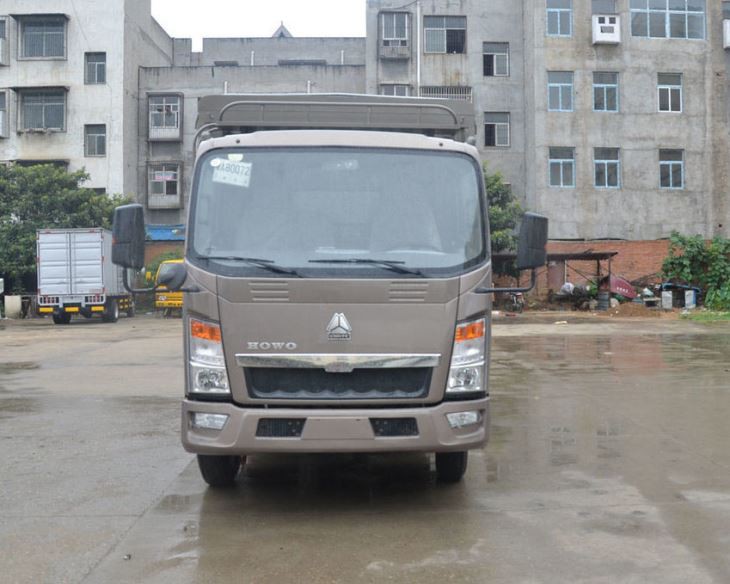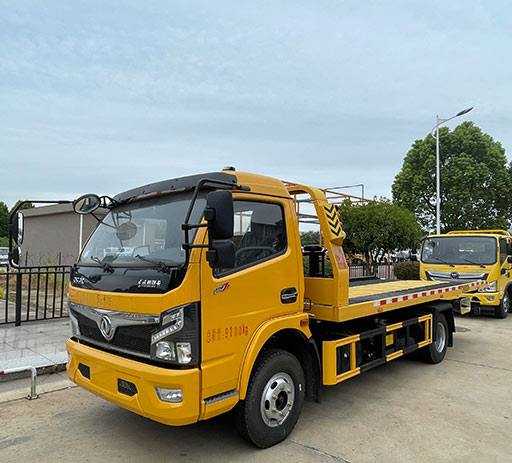How Much Is a Street Sweeper: A Comprehensive Guide

Street sweepers are essential vehicles used by municipalities, businesses, and private owners to maintain cleanliness in urban and rural areas alike. Understanding the costs associated with street sweepers can assist potential buyers in making informed decisions. This article provides an in-depth look at the various factors influencing the cost of street sweepers, offers practical advice, and answers common questions.
Understanding Street Sweepers
What Is a Street Sweeper?
A street sweeper is a specialized vehicle designed to clean roads and other paved surfaces. They come equipped with brushes, vacuums, and water sprays to effectively remove debris, pollution, and litter. Street sweepers are used by cities and towns to maintain cleanliness, especially during seasonal events or after severe weather conditions.
Types of Street Sweepers
There are several types of street sweepers, each designed for specific tasks:

- Mechanical Broom Sweepers: These use revolving brushes to sweep debris into a hopper.
- Vacuum Sweepers: Equipped with suction mechanisms to remove debris and dust from the pavement.
- Regenerative Air Sweepers: Utilize a combination of air and vacuum to displace dirt and debris.
- Compact Sweepers: Smaller, versatile models suited for tight spaces and residential areas.
Factors Influencing the Cost of Street Sweepers
1. Type of Street Sweeper
The cost varies significantly based on the type of street sweeper. Mechanical broom sweepers typically start from $50,000, while advanced vacuum or regenerative air models can reach over $200,000. Compact models for residential areas can range from $20,000 to $70,000.
2. New vs. Used Street Sweepers
Buying new street sweepers ensures you get the latest features, warranty, and reliability, but they are more expensive. A new street sweeper typically ranges from $90,000 to $300,000. Used street sweepers, on the other hand, can be more affordable, ranging from $20,000 to $100,000, depending on their condition and age.
3. Brand and Manufacturer
Reputable manufacturers like Elgin, Tymco, and Schwarze offer various models with different prices. Mid-range brands may provide similar features for lower costs, making it important to compare options based on budget and needs.
4. Features and Specifications
Street sweepers with advanced features, such as automatic controls, enhanced filtration systems, or specialized cleaning functionalities, tend to be more expensive. Basic models may lack some of these features and, therefore, come at a lower price point.
5. Additional Costs
Potential buyers should consider additional costs beyond the purchase price, such as maintenance, fuel, insurance, and operational expenses. These can add up significantly over time.
Price Breakdown of Different Street Sweepers
| Type of Street Sweeper | New Price Range | Used Price Range | Average Maintenance Cost/Year |
|---|---|---|---|
| Mechanical Broom | $50,000 – $120,000 | $20,000 – $60,000 | $2,000 – $5,000 |
| Vacuum Sweeper | $100,000 – $200,000 | $40,000 – $100,000 | $3,000 – $7,000 |
| Regenerative Air Sweeper | $150,000 – $300,000 | $60,000 – $150,000 | $4,000 – $8,000 |
| Compact Sweeper | $20,000 – $70,000 | $10,000 – $40,000 | $1,000 – $3,000 |
Where to Purchase Street Sweepers
1. Authorized Distributors
Purchasing through authorized distributors ensures you receive genuine products and warranties. They often provide maintenance services, financing options, and expert advice tailored to your needs.
2. Online Marketplaces
Platforms like eBay, Craigslist, and specialized machinery websites allow users to buy both new and used street sweepers. However, caution is necessary to ensure legitimacy and avoid scams.
3. Auctions

Local and online auctions can be a great place to find used street sweepers at competitive prices. However, it’s important to inspect the condition and verify the history of the vehicle before bidding.
Financing Options for Street Sweepers
1. Traditional Loans
Many banks and credit unions offer loans for vehicle purchases, including street sweepers. Customers should compare interest rates and terms to find the best options available.

2. Leasing Options
Leasing can be more affordable upfront, allowing for lower monthly payments. At the end of the lease term, the customer may have the option to purchase the sweeper.
3. Manufacturer Financing
Some manufacturers provide financing options or incentives to customers, which may include lower interest rates or special payment plans. It is worth inquiring about these options directly with manufacturers.
Maintenance and Operational Costs
1. Regular Maintenance
Scheduled maintenance is crucial for the longevity and efficiency of street sweepers. This includes periodic inspections, changing oils, and replacing worn-out parts. Proactively maintaining the vehicle can help prevent significant repair costs in the future.
2. Fuel and Operational Expenses
Street sweepers are typically fuel-efficient, but fuel costs can still add up, especially if they are used frequently. A budget should be allocated for fuel and any consumables like water or cleaning solutions.
3. Insurance Costs
Insurance is another cost to consider. The rates can vary significantly based on location, type of vehicle, and the driving record of operators.
Tips for Choosing the Right Street Sweeper
1. Assess Your Needs
Consider the area to be cleaned, the type of debris typically encountered, and how frequently cleaning occurs. This can help determine which type and size of street sweeper best fit your requirements.
2. Research Brands
Different manufacturers offer various features and after-sale support. Researching brands and reading user reviews can provide insights into reliability, performance, and customer service.
3. Budget Carefully
Establish a realistic budget that includes not just purchase costs but also maintenance, fuel, and insurance. This will ensure that you choose a sweeper that fits your long-term financial plans.
Frequently Asked Questions (FAQ)
1. What is the average lifespan of a street sweeper?
The average lifespan of a street sweeper is typically between 10 to 15 years, depending on usage and maintenance practices.
2. Can street sweepers be used in winter conditions?
Yes, but it’s essential to ensure that the sweeper is equipped with appropriate features like heated tanks or suitable brushes for removing snow and ice.
3. Are there eco-friendly street sweepers available?
Yes, many manufacturers now offer eco-friendly options that reduce emissions and utilize water-saving technologies.
4. How often should street sweepers be maintained?
Regular maintenance every 250-500 hours of operation is recommended to keep street sweepers functioning efficiently.
5. Do street sweepers need special training to operate?
Yes, operators often require training to handle the specific controls and maintenance features of street sweepers effectively.
6. Is it better to buy or lease a street sweeper?
This depends on the financial capabilities and operational needs of the buyer. Leasing may be advantageous for those needing flexibility, whereas purchasing may be better for long-term use.
